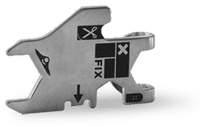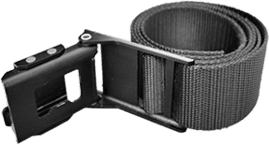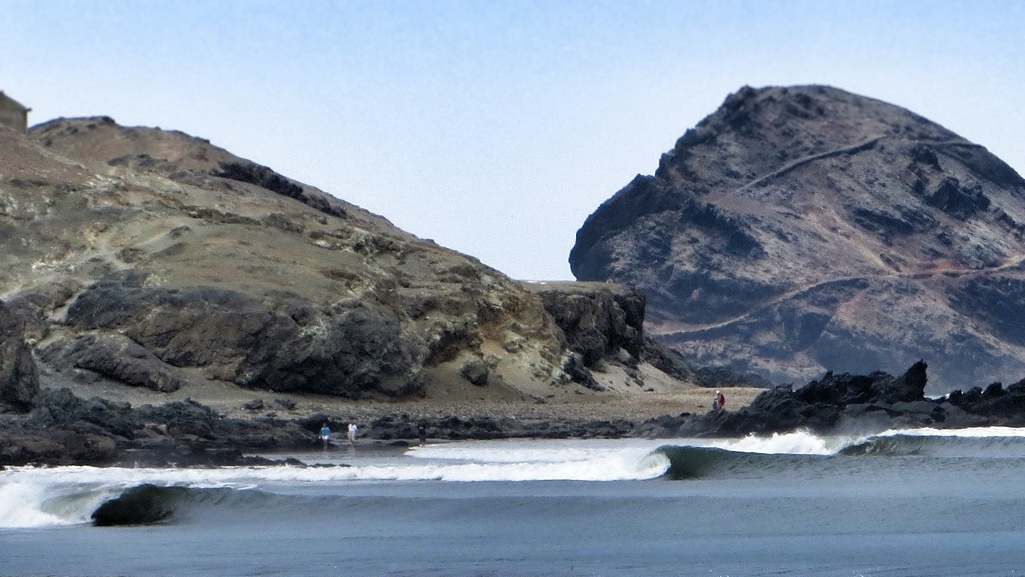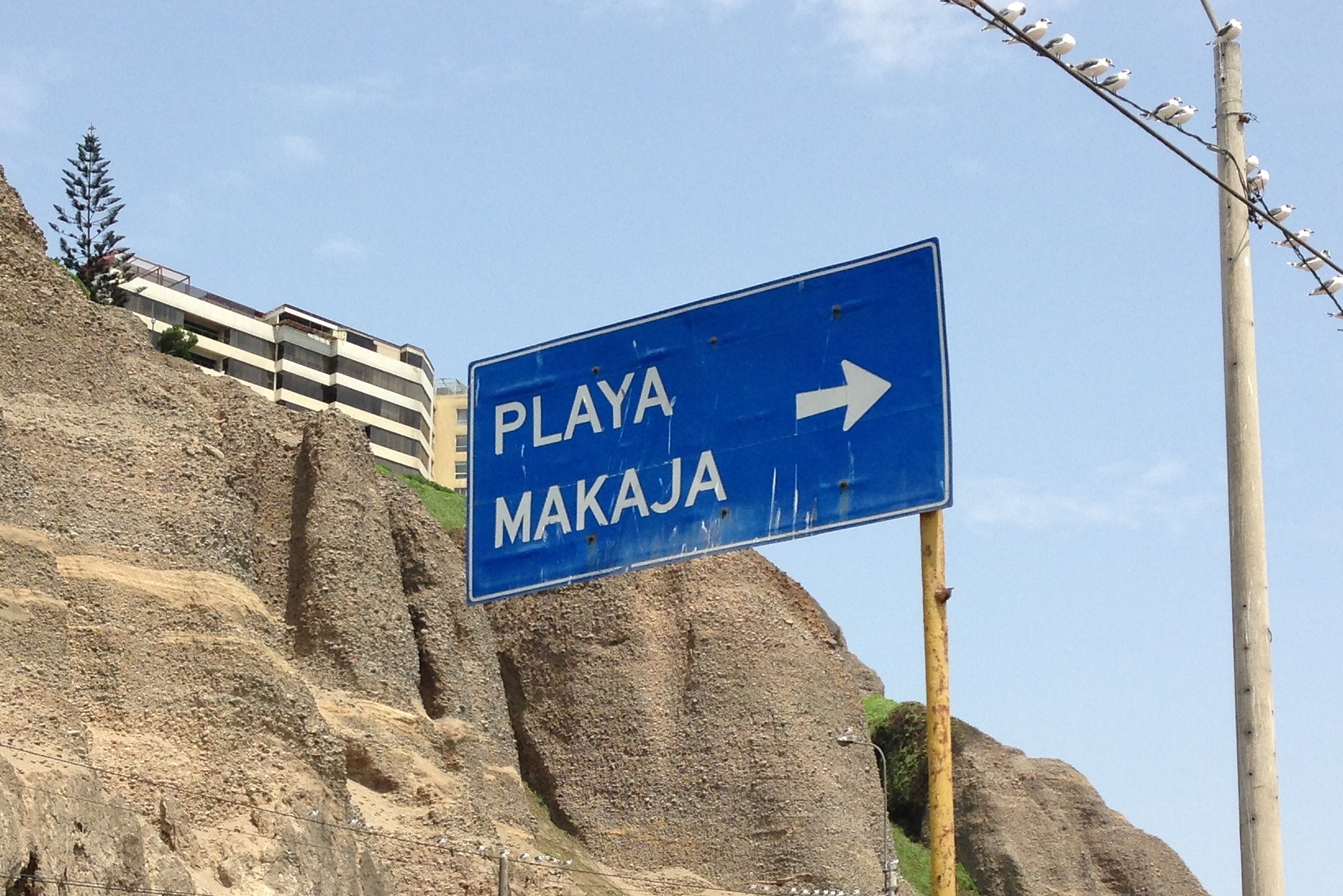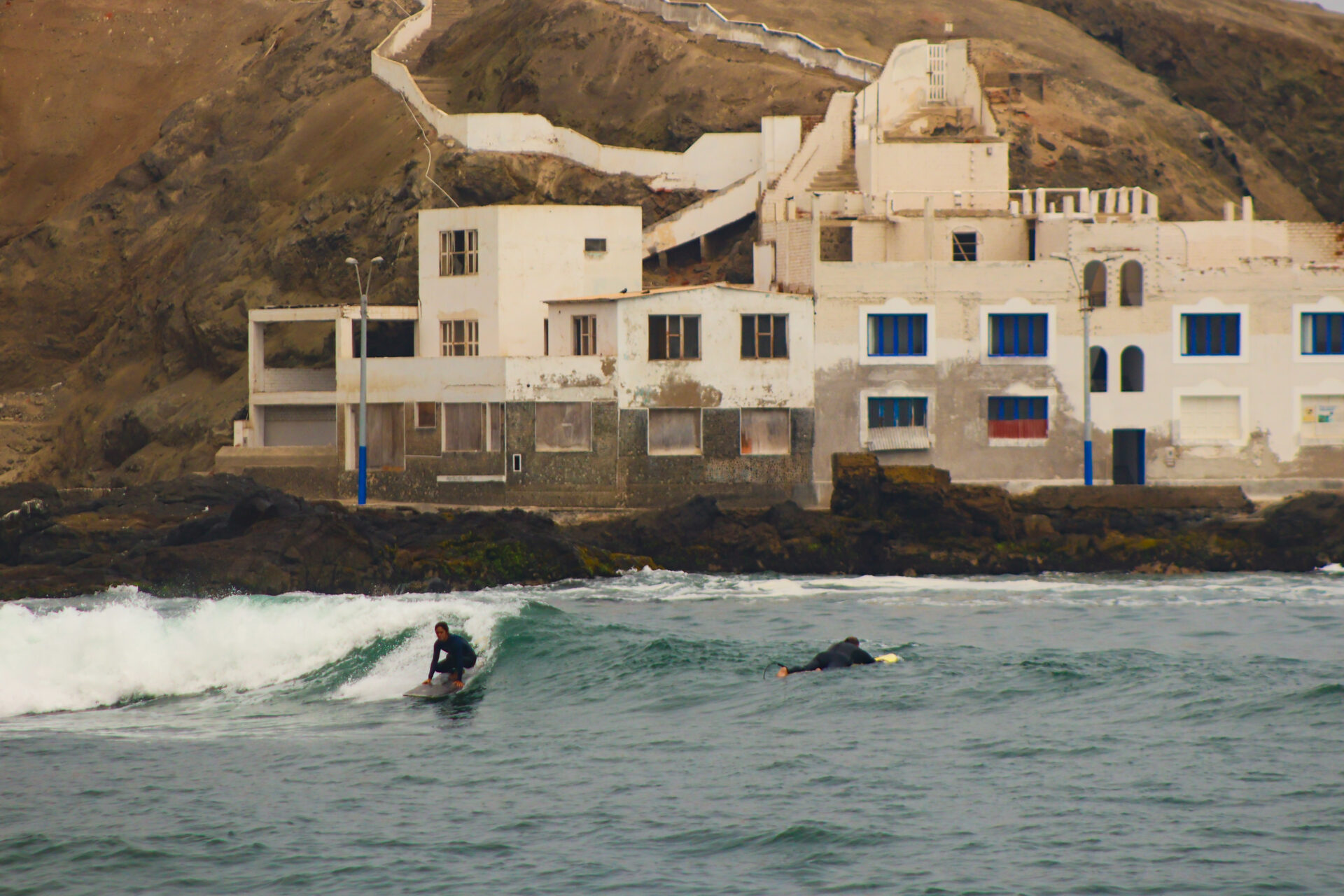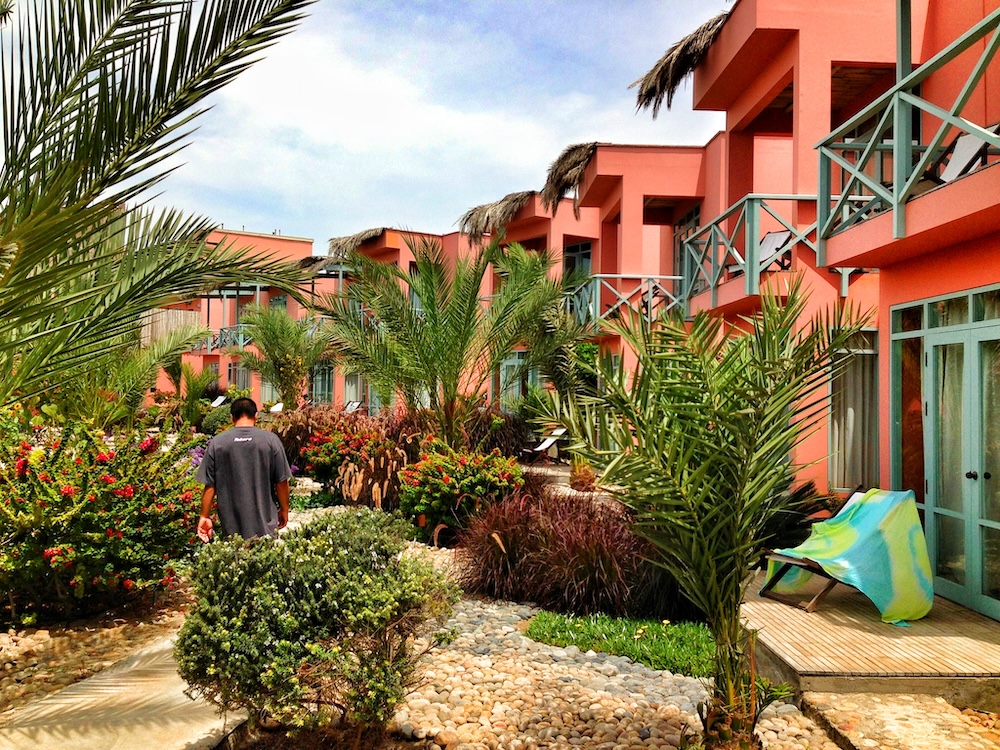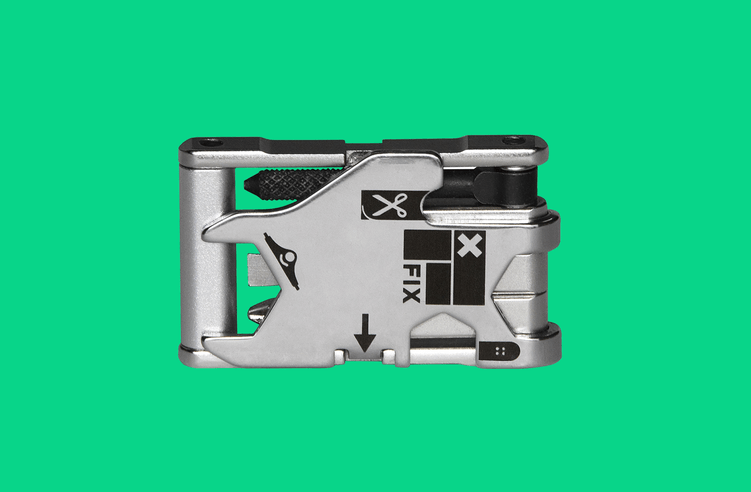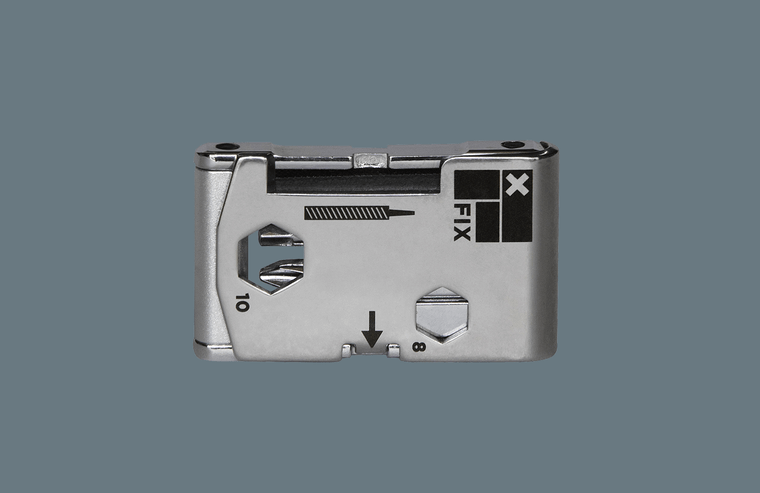Peru has long been an adventure destination. Home to 900 miles of the Andes towering mountain peaks and the once-lost city of Machu Pichu, a trip to Peru is a bucket list item for any adventurer. When we booked our flights to Lima, however, we weren’t planning to take on the Inca trail or tackle any mountain peaks; we were chasing the longest left in the Western Hemisphere. To the uninitiated, Peru’s thriving surf scene may come as a surprise. In a country renowned for high-altitude adventure and a globally celebrated food scene, surfing doesn’t typically make the list of Peru’s top offerings. One needs to only walk down the main drag in Lima’s bustling neighborhood of Miraflores to see the similarities to Malibu. Surf shops and board riders’ clubs dot the coastline of the capital, and hundreds of surfers bob offshore, no matter the conditions. While Lima is home to several fun, yet soft, waves, the Northern deserts, reached by a 2-hour regional flight or 12-hour drive from the capital, are home to some of the best waves on the planet, notably severally famed left-point breaks, including Chicama the longest left on this side of the globe.
Surfing Peru
Peru can be divided into three surf regions: the Northern Coast, the Central Coast, and the Southern Coast. Each region has something different to offer traveling surfers and varies significantly in terms of environment, scenery, water temperature, and wave type. With exposure to both south and north swells, Peru experiences year-round surf. During the South American summer (our winter), north swells light up the famed left points. During the South American Winter (our summer), south swells prevail and produce fun surf at many of the region’s beach and reef breaks.
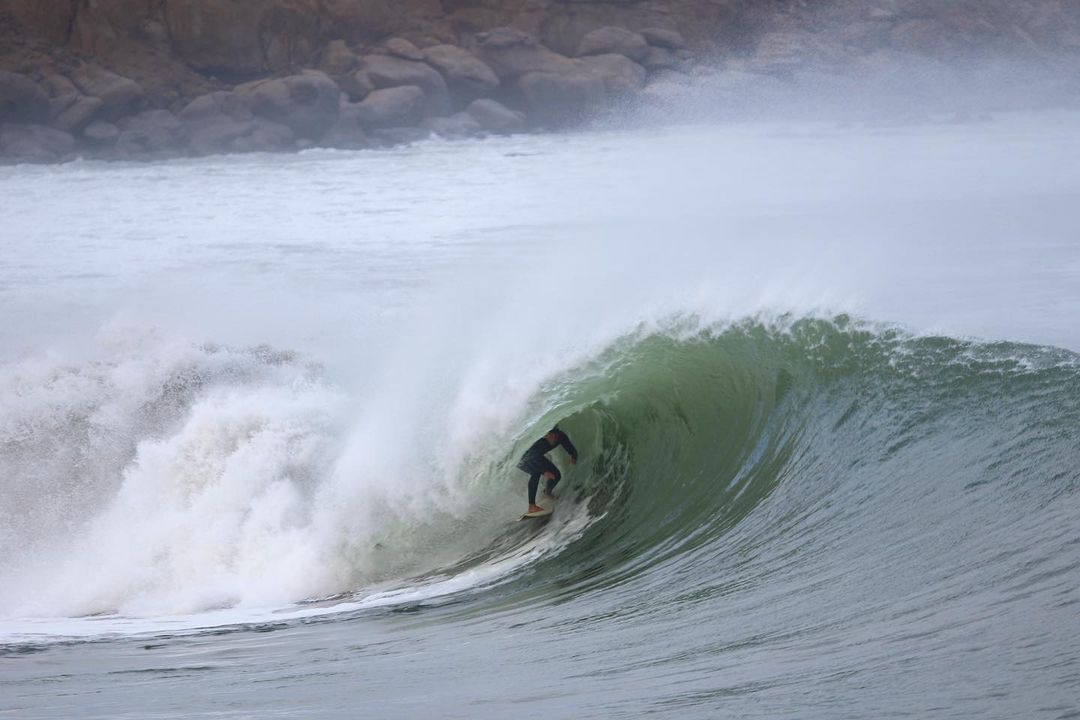 Surfer: Stefano Mesinas Photo: Pepe Romo
Surfer: Stefano Mesinas Photo: Pepe Romo
Surfing Northern Peru
The Northern Coast takes the cake as the country’s premier surf region, with several world-class left points, ranging from cruisy long rides to hollow barrels and beyond. Notable waves in the north include Máncora, Lobitos, and, of course, Chicama. While the Northern Region sees some of the warmest water temperatures in the country, it’s still advisable to pack a 3/2 or, at the very least, a wetsuit jacket. The average water temperature ranges from 66-77 °F, with the warmest temps occurring during the South American Summer (December, January, and February).
Surfing Near Lima
The Central Coast includes the surf breaks surrounding the capital city, which are far from the country’s best but do have their days. The waves around Lima are primarily fat, mellow waves well suited for a fish or a log. Several local surf shops offer rentals, and the price of a new board in Peru is surprisingly low, so buying a board for your trip and selling it before you return is always an option. Notable waves around the capital include Waikiki, Playa Makaha, and Redondo. Crowds are a factor in the city, but they are mellow.
Surfing Southern Peru
While most surfers tend to chase swells in the northern desert, the country’s southern reaches offer a unique travel and surf experience in an endless sea of sand dunes. The southern deserts offer a sub-tropical climate with chilly water temperatures thanks to the Humboldt Current that hovers in the upper fifties and lower sixties, so a 3/2 mm wetsuit is a must-have item. The region is characterized by long sandy beaches, rugged cliffs, and rock outcrops with far less development than the northern region. The region’s best waves include Pico Alto and Punta Hermosa, just south of Lima, Paracas, Huanchaco, and Ilo.
Our Time in Peru
Chicama has been on our bucket list for years, so when the opportunity presented itself, we jumped. We flew into Trujillo in the northern desert and immediately made our way to Puerto Malabrigo, home of Chicama and our hotel, Chicama Boutique Hotel. After watching a few chest-high sets roll through from the hotel pool, we made our way to the break.
 Long rides and your boat is waiting . . .
Long rides and your boat is waiting . . .
Surfing Chicama requires a bit more planning than your average session. The wave is so long, and the current so strong that paddling back to the point after a long ride is nearly impossible. To remedy this, the hotel offers a boat service in the form of an inflatable zodiac that ferries surfers to the top of the point after their rides that can stretch for up to two-and-a-half miles. During a several days stretch of overhead surf, we became well acquainted with the boat service. The offshore winds at the peak can be powerful, making the takeoff challenging, but if you manage to snag a wave, you’re open and riding for what feels like an eternity.
 “El Zorro” at Malabrigo Lefts Surf Shop
“El Zorro” at Malabrigo Lefts Surf Shop
With the great food and amenities, it was hard to leave the hotel, but we eventually wandered into town. Puerto Malabrigo is a small fishing village home to a cannery and a seasonal population of workers. There are a few restaurants and even a surf shop, but it’s not your typical surf tourism hub. Much of the population of Puerto Malabrigo lives hand to mouth, so we donated some gear to a few local surfers who were happy to have it.
Venturing North
After a string of fun days surfing Chicama, we decided to explore elsewhere. With help from the hotel, we arranged a day trip an hour north to another left point, Pacasmayo. The wave at Pacasmayo is exposed to deeper water and more swell than Chicama, so it breaks with far more power than the legendary long left. However, the wind shifts onshore in Pacasmayo as the day wears on, so timing is critical. Pacasmayo proved to be a more dynamic wave with plenty of steep and speedy sections and the occasional and slopy slow spots. The wave breaks over rocks, and the heavy surf makes launching a boat from the rocky beach interesting, to say the least.
Exploring Lima like a Local
After a fun run of swell up north, we hopped on a flight to Lima to explore the waves around the capital city and connect with local surfer Stefano Mesinas. The name may be familiar; Lucca Mesinas is currently on the QS and will represent Peru in the Olympics. We drove south from the city to Punta Hermosa, a sleepy surf town surrounded by quality waves and lined with white sand beaches. In roughly three miles of beach, you have your pick of multiple right and left-hand points, hollow beach breaks, and mellow reef breaks. While between swells, we lucked into quality waves that far surpassed our day-to-day SoCal conditions. The area is home to year-round surf, with Punta Roca, the region’s most famous wave, breaking consistently head high and above no matter the conditions. Punta Hermosa offers a more relaxed way of life than that in Lima. Many local cafes and shops are owned by young entrepreneurs who have left the capital to chase surf. Punta Hermosa is perhaps the best representation of Peruvian surfing, with various wave types for all levels, including a legendary big wave spot, Pico Alto. If you find yourself in Punta Hermosa, stop by Feeling Board Co to shop their massive selection of boards from local and international shapers.
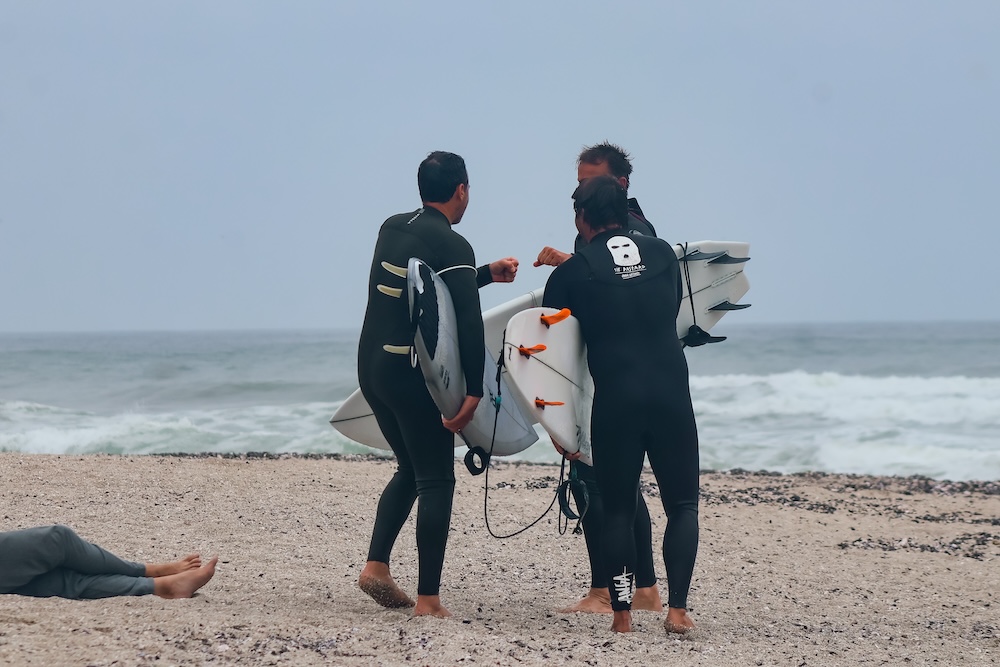 Scoring waves in Punta Hermosa
Scoring waves in Punta Hermosa
Peru is home to over 1,500 miles of Pacific coastline with world-class waves scattered up and down the coast. The country has a long, rich history of wave riding that some argue even predates Polynesia’s surfing history, and it’s clear that wave riding is still an integral part of coastal life in Peru.

